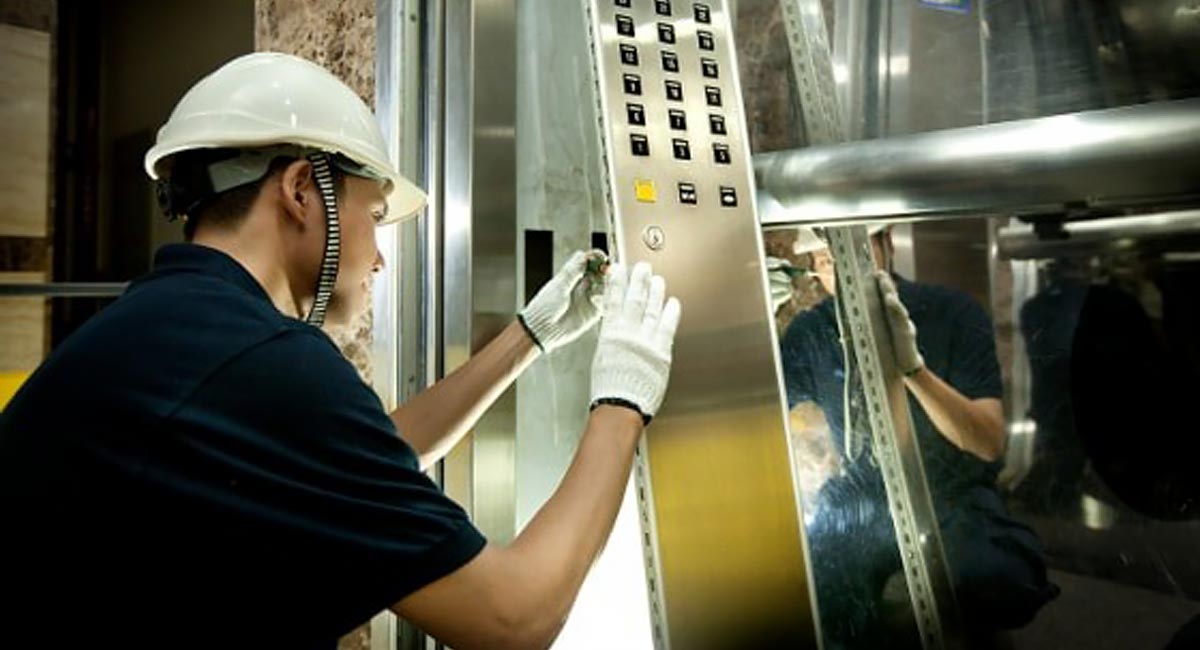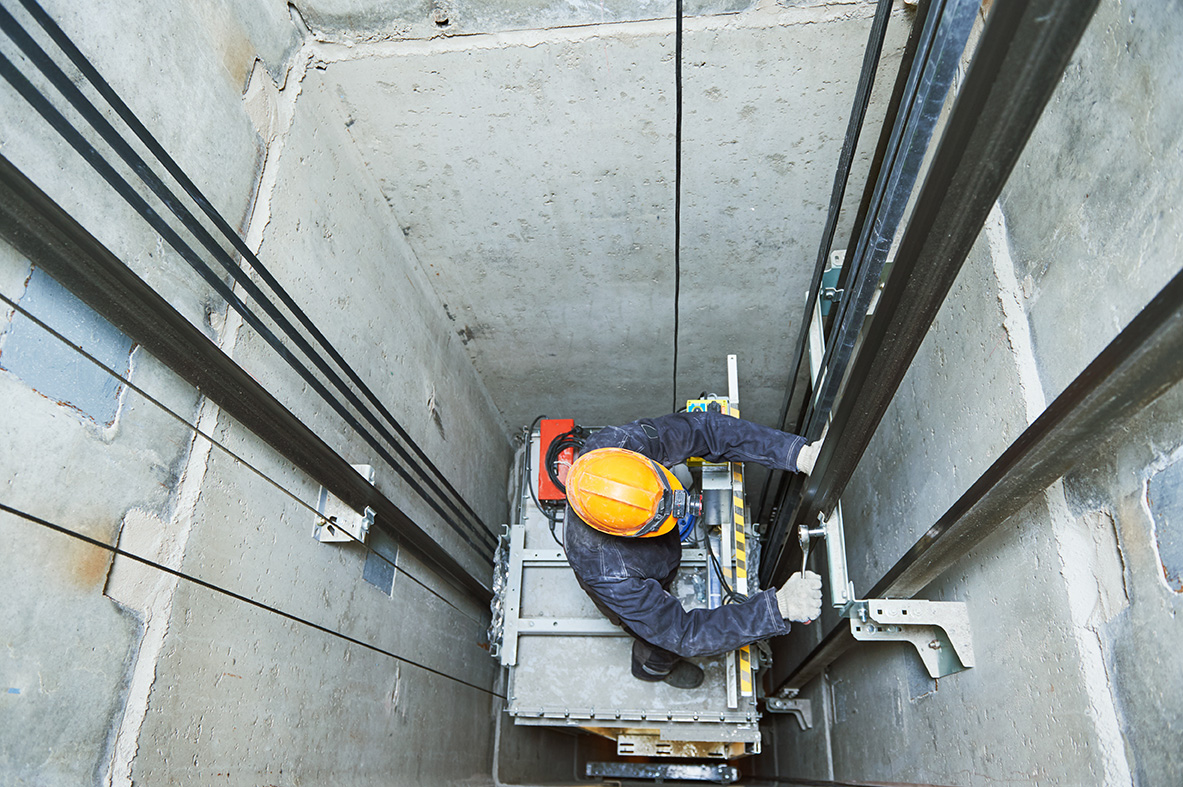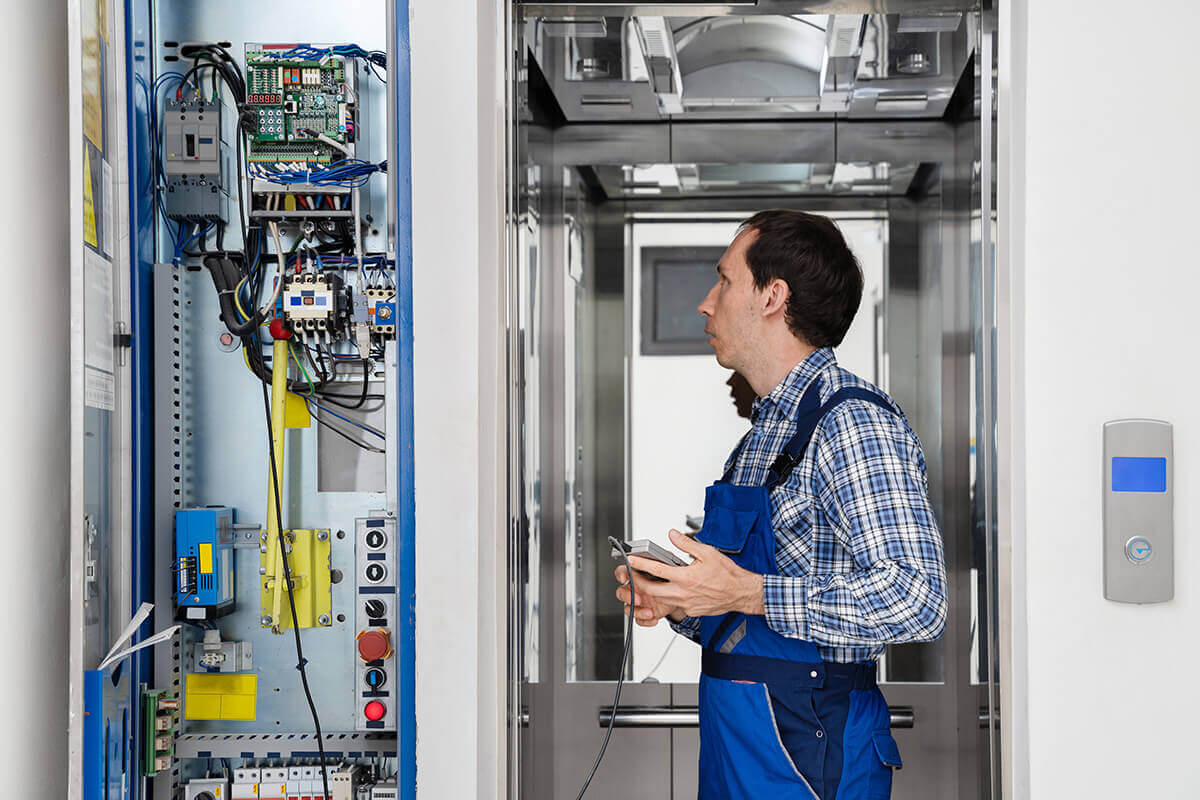Advanced Lift Engineer Course: Prepare for Careers with Leading Lift Repair Companies Near Me
Advanced Lift Engineer Course: Prepare for Careers with Leading Lift Repair Companies Near Me
Blog Article
Comprehensive Overview to Elevator Systems and Their Maintenance
Navigating the detailed globe of lift systems and their upkeep is a job that requires precision and knowledge. From the numerous types of lift systems in use to the precise adherence to safety and security guidelines, the maintenance of these upright transport tools is a complex endeavor.
Kinds Of Lift Systems
Elevator systems can be found in various types, each created to match particular structure needs and user requirements. One of the most usual types include hydraulic elevators, traction lifts, machine-room-less lifts, and vacuum cleaner elevators. Hydraulic elevators are ideal for low-rise buildings and utilize a hydraulic piston to relocate the lift automobile. Grip lifts, on the various other hand, are more suited for high-rise structures and use steel ropes and counterweights to move the auto. Machine-room-less lifts are a space-saving option as they do not require a separate device space for the elevator machinery. Vacuum elevators, a much more contemporary technology, usage air stress differentials to relocate the car within a transparent tube.
Each type of lift system has its own advantages and downsides, making it essential for building owners and developers to meticulously consider their specific needs prior to picking the most appropriate choice. Elements such as constructing elevation, room availability, power performance, and budget restrictions all play a considerable function in identifying the most effective elevator system for a particular building.
Common Upkeep Issues
Routine maintenance of lift systems is important to guarantee smooth procedure and extend their life-span. In spite of regular upkeep, lift systems can still experience usual maintenance issues that require to be quickly addressed to avoid interruptions in solution. Among one of the most constant issues is door malfunctions. Elevator doors may obtain misaligned, causing concerns with opening and closing effectively. This can trigger delays and safety and security hazards, needing instant focus from upkeep service technicians. An additional common issue is associated with the lift's leveling accuracy. If the elevator doesn't straighten appropriately with the floorings, travelers might experience tripping hazards and discomfort. Furthermore, issues with the control system, such as sensor problems or electrical problems, can trigger the lift to breakdown or quit working altogether. Regular inspections and proactive maintenance can help determine and settle these common maintenance issues before they escalate and affect the general performance of the lift system.
Security Regulations and Conformity
Sticking to rigid security policies and guaranteeing compliance with sector requirements are paramount for keeping the operational integrity of lift systems. Elevators are subject to a thorough set of safety laws to secure passengers, upkeep personnel, and the public. Regulative bodies such as the Occupational Safety and Health And Wellness Administration (OSHA) web in the United States and the European Lift Organization (ELA) in Europe establish standards that cover different aspects of lift style, procedure, maintenance, and installment.
Compliance with these guidelines is not just a lawful requirement but likewise a moral responsibility for building owners and elevator maintenance business. Routine assessments, upkeep checks, and adherence to safety and security methods laid out in the regulations are necessary to make certain the reliable and secure procedure of lift systems.
Finest Practices for Maintenance

Building proprietors need to likewise consider investing in modernization upgrades to improve the efficiency and safety and security of their elevator systems. By following these ideal methods, lift systems can run efficiently and securely, offering reputable vertical transportation for occupants.

Advanced Technologies for Effectiveness
Executing cutting-edge modern technologies in lift systems can considerably improve functional effectiveness and guest experience. These systems allow passengers to input their wanted flooring prior to getting in the elevator, which then guides them to the most efficient automobile.
In addition, the combination of smart sensors and predictive upkeep capacities has actually transformed elevator upkeep. These sensing units can spot prospective problems before they escalate, making it possible for aggressive upkeep treatments and minimizing downtime. Additionally, making use of regenerative drives and energy-efficient elements helps in reducing power consumption and operating prices in elevator systems.
Additionally, the implementation of cloud-based monitoring and remote diagnostics permits for real-time tracking of lift efficiency and instant troubleshooting of any breakdowns. This proactive strategy not only improves system reliability yet also enhances the overall user experience by making certain smooth description and undisturbed lift procedures.
Conclusion
Finally, recognizing the different kinds of lift systems, usual upkeep problems, security policies, best upkeep practices, and progressed innovations for efficiency is critical for making sure the smooth operation of elevators. By sticking to safety and security regulations and applying finest methods for upkeep, structure proprietors can extend the lifespan of their lift systems and ensure the safety and security of guests. It is very important to stay upgraded on the most up to date innovations in elevator innovation to enhance efficiency and integrity.
The most usual types consist of hydraulic elevators, traction elevators, machine-room-less lifts, and vacuum cleaner lifts. Hydraulic lifts are suitable for low-rise structures and utilize a hydraulic piston to relocate the elevator auto. Machine-room-less lifts are a space-saving alternative as they do not need a separate machine room for the lift machinery. Regular examinations and proactive upkeep can help determine and deal with these usual upkeep problems before they escalate and impact the total efficiency of the elevator system.

Report this page